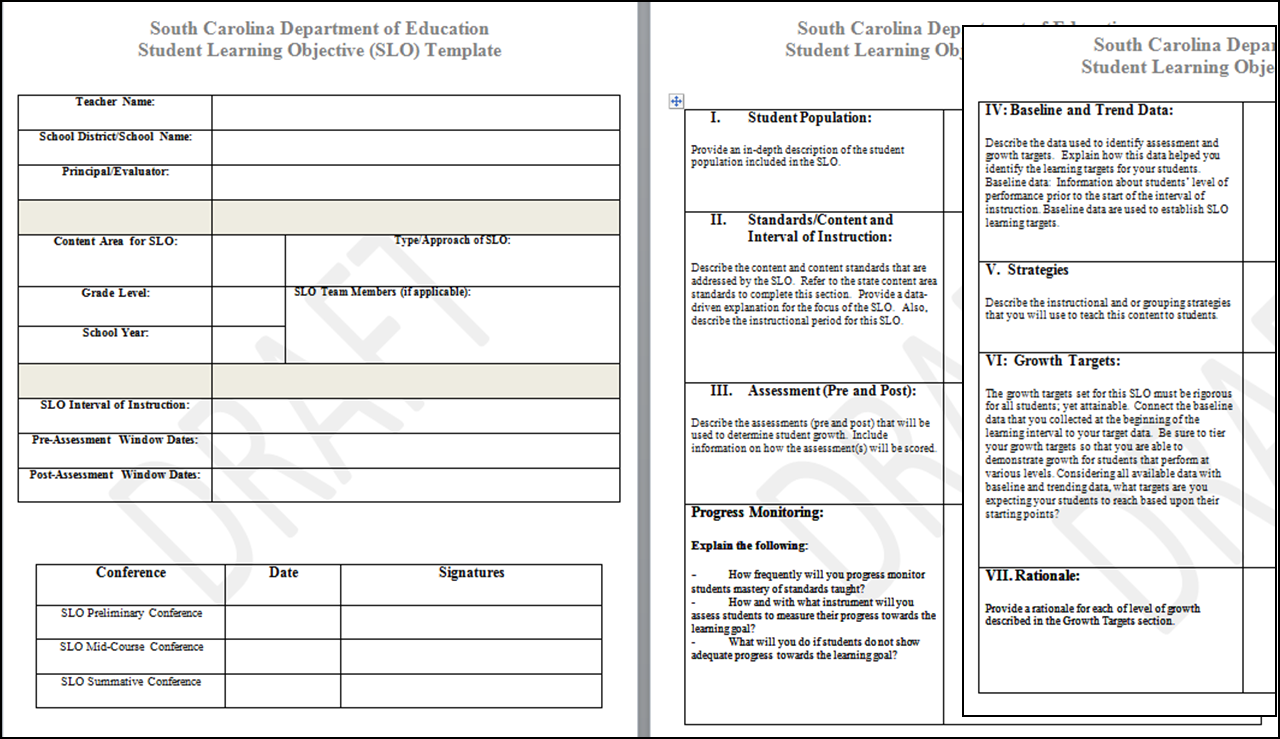Teachers who focus most on helping students reach "proficiency" need to shift to a "growth" mindset to score well under the new educator evaluation system. Thirty percent of the annual rating is based on "student growth."
Since No Child Left Behind (NCLB) was adopted, educators have been focused on helping all students become "proficient" in reading, math, and science. ("Proficient" was not defined in NCLB, so each state had its own standards, assessments, and cut scores for the "proficiency" level.)
The goal under NCLB was that 100% of students would reach proficiency by 2014. Uh, yeah - that's this year, and, duh, no - we didn't make it. That's one of the reasons why
45 states asked for waivers from the US Department of Education.
One of the shifts in policy focus with the waivers is towards ensuring that all students achieve at least one year's
growth each academic year. To receive a waiver, states agreed to add "student growth" to their educator evaluation systems (and at some point will need to add it to their accountability systems).
So now instead of one test that determines whether students reached the "proficiency" bar, educators must have at least two tests, a pre- and a post-assessment, that measure whether a student grew during the year.
There are a lot of assumptions that are not adequately addressed at this point, including:
- The assumption that we have assessments that measure growth (under NCLB assessments were required to only measure whether a student mastered the grade-level content, so few if any were adaptive and measured growth).
- The assumption that we have assessments for which we define "one year's growth" no matter what the student's starting point is, and no matter how far behind or ahead the student is.
- The assumption that "one year's growth" is the same across grades and subjects (is one year of 4th grade math equal to one year of 4th grade English or 5th grade math?)
- The assumption that SC even has selected an assessment (see The Unknown in an SCDE presentation)
- The assumption that we know what standards SC will assess.
UPDATE: EdWeek's Politics K-12 team
announced today that USED is expected to release criteria for new assessments this summer.
- "What the department ultimately requires states to prove when their tests are examined, then, is of intense interest to the assessment field right now. Will they feel the criteria are fair, and take into account the complex landscapes on which they operate, with teacher evaluation and state accountability casting long shadows? Which tests will meet the mark and which won't? And will states have to scramble to revise their assessments?"
The waiver application and guidelines define "student growth":
“Student growth” is the change in
student achievement for an individual student between two or more points in
time. For the purpose of this definition,
student achievement means—
- For grades and subjects in which assessments
are required under ESEA section 1111(b)(3): (1) a student’s score on such
assessments and may include (2) other measures of student learning, such
as those described in the second bullet, provided they are rigorous and
comparable across schools within an LEA.
- For grades and subjects in which assessments
are not required under ESEA section 1111(b)(3): alternative measures of student
learning and performance such as student results on pre-tests,
end-of-course tests, and objective performance-based assessments; student
learning objectives; student performance on English language proficiency
assessments; and other measures of student achievement that are rigorous
and comparable across schools within an LEA.



